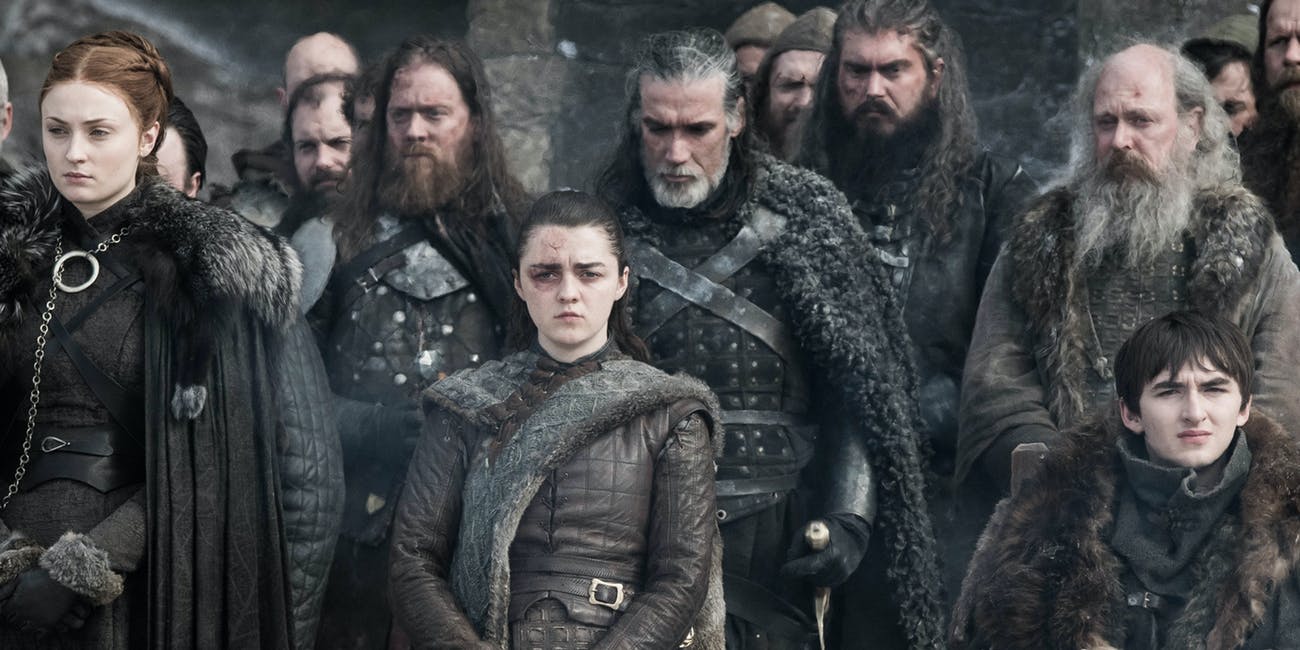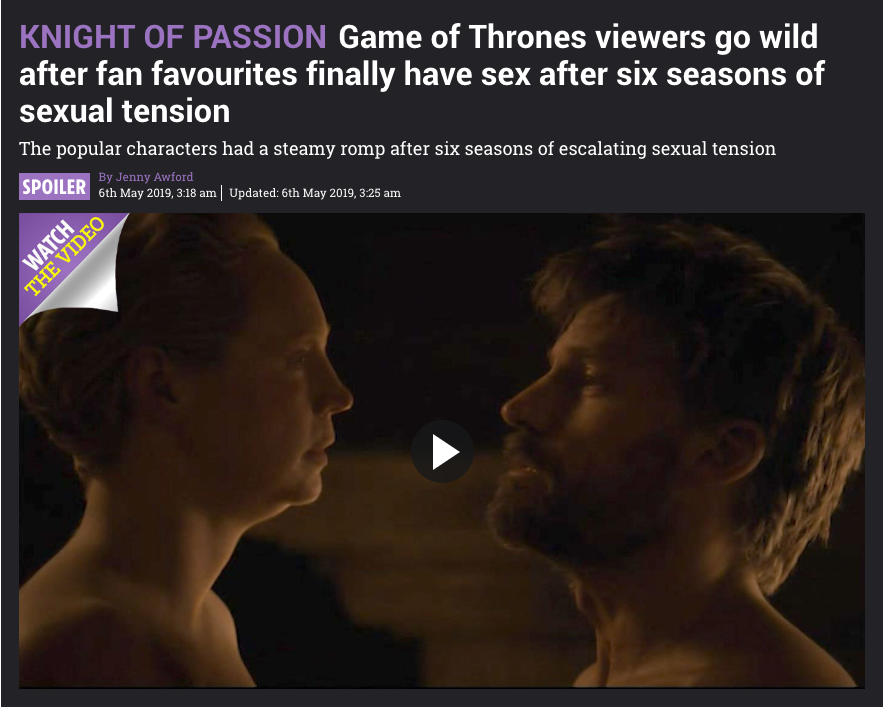How Publishers Can “Tune In” to Their Audiences for Game of Throne’s Final Season and Beyond
Posted by Melissa Lachman | May 09, 2019 | Video Recommendations |
With the final season of Game of Thrones over, the internet has been ablaze (pun intended) with everything from Game of Thrones Oreos, tourism packages, wildly imaginative fan fiction, to live celebrity episode reactions on social media and more.
Whether or not you watch Game of Thrones, you’ve most likely experienced and perhaps have been unable to escape all the hype and hoopla surrounding the final season of the series.
This was, and still is, a huge cultural phenomenon, or as some are calling it “peak Peak TV” that will most likely continue far beyond the final episode’s air date. For some publishers, Game of Thrones is even bigger than Oscars or the SuperBowl.
So, how are publishers packaging GoT for their audiences? Just like House Stark and Team Targaryen have developed different strategies to win the Iron Throne, publishers have developed their own video strategies to effectively leverage GoT content for their audiences. While there are various approaches to this, ultimately the only losing strategy is not having one at all.
Here’s how leading global entertainment publishers leveraged GoT, what worked well and what didn't. We’ve taken a look at top national entertainment publishers and how they’re covered GoT, what their audiences are engaging with and how. These insights can help guide your strategy as GoT is likely to be in the spotlight for some time.
Previews over Recaps
IRIS Vision™ data shows that preview clips perform better than recap videos. It’s fair to assume that viewers are fatigued with recaps as they’ve just seen the episode (and more than once, if you’re like me), or want to avoid spoilers if they have yet to see it.
Previews offer something new and unseen for hungry fans who cannot wait until the next episode airs. Also, preview assets tend to be shorter which lends itself to better engagement. The bounce rate on GoT recap videos for a popular global entertainment client was 90%. That same publisher saw a much better bounce rate of 60% on their shorter preview clips.
Preview:
Preview assets tend to be shorter, less than 60 seconds, and don’t include talking head content and potential spoilers the way that recap videos do (if you are late to see the newest episode, you definitely want to stay away from recaps!).
https://youtu.be/F1fqet9V494
Two Days Following the Episode are Crucial
In the days following the 2018 midterm elections, viewers were still seeking and consuming 2018 midterm election coverage, and the same is true for GoT fans. New GoT episodes aired on Sundays at 9 pm EST, so Monday and Tuesday saw a spike in GOT video consumption.
For GoT video views in the week between episodes, Monday and Tuesday accounted for nearly 60% of consumption. For our entertainment clients covering GoT, 7% of the week’s total video views were driven from the Game of Thrones category during Monday and Tuesday.
Highlight Specific Scenes
Whether you “ship” certain character romances or agree with certain plot twists, fans want to rewatch specific scenes from the episode to either relive those moments or look for some hidden clues. (i.e. Brienne and Jamie finally taking their romance to the next level, or Arya killing the Night King in the Longest Night episode).
What are fans looking for after an episode just airs? GoT, known for it’s controversial and unforeseen moments are what makes the show so intriguing for viewers. So after a new episode aired, those specific “romantic” scenes between characters they either were hoping would or wouldn’t happen, or the scenes that helped support certain theories on who will end up on the Iron Throne, are what your audience is looking for. If you take a look at the conversations happening across social media, you’ll know exactly what those controversial moments are. Those are the clips to highlight and feature in your GoT category.
Winning at GoT Coverage
Publishers who were “winning” at GoT coverage had a nice mix of video content on their owned and operated sites and utilized social media to insert themselves in the chatter around fan theories and reactions.
Some publishers created dedicated GoT newsletters, and sites like Buzzfeed had at least 10 posts published after a new episode aired, ranging from episode reviews to behind the scenes footage and their infamous “lists” like best or worst moments of the episode. Twitter memes, comparisons to the literature, and news about the favorite actors were also very popular.
‘who has a better story than bran stark?’
arya: pic.twitter.com/Y7GM6135ME— gendry’s last braincell (@gendrybeesly) May 20, 2019
— ??????. ⚡️ (@oniriainsomni) May 20, 2019
The only thing more epic than the show itself is the coverage of the show. The vast number of episode recaps, reviews, podcasts, and spin-offs will prove to live a long life way after the show is over. Game of Thrones is more than a TV show, it is a cultural phenomenon, a “tune-in” moment we will be talking about for years to come, make sure that your coverage will too!



.jpg)






